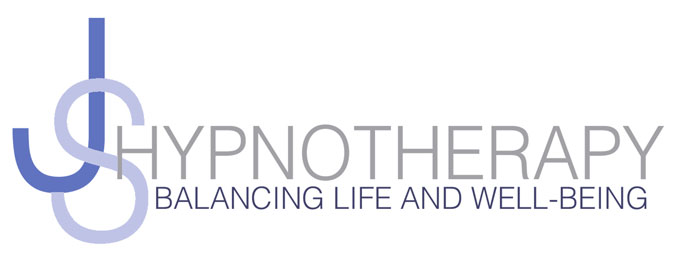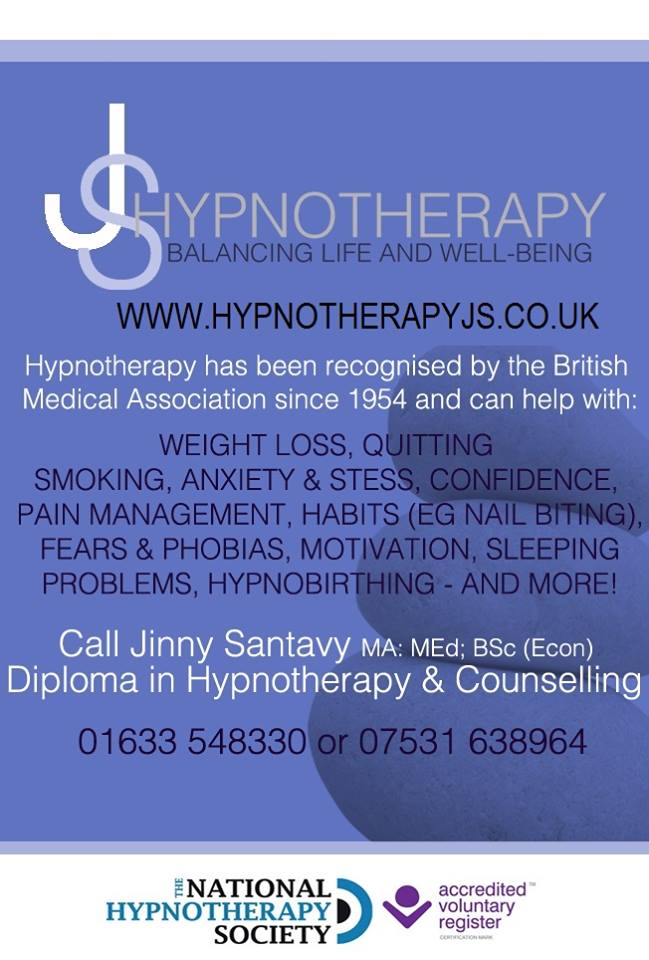What is hypnotherapy – Is it safe – What can it be used for?
These pages outline what hypnotherapy is about; whether it is safe, and what it can be used for. They provide a brief history; explaining its safety and its recognition in the medical profession. It contains numerous examples of effective hypnotherapy cases. For example, weight loss, pain management, sleeping problems, IBS, quitting smoking, IBS, phobias, hot flushes, confidence, habits, alcohol intake … There are references to sources and additional reading, too.
According to The National Hypnotherapy Society, hypnotherapy is:
“a skilled verbal communication, used during hypnosis, which helps direct a client’s imagination in such a way as to bring about intended alterations in sensations, perceptions, feelings, thoughts and behaviour. In a typical hypnotherapy session, the hypnotherapist will ask the client questions about previous medical history, general health and lifestyle.
The hypnotherapist and client will decide together on the changes or goals that are desired. Hypnotherapy can be applied to a wide range of medical, dental and psychological problems. Areas of application include anxiety and stress conditions, weight control, addictive behaviours (including smoking, alcohol and substance misuse) and confidence issues. Hypnotherapy is also used to enhance performance in several areas such as sport and public speaking.”
History
Hypnosis can be traced back over many centuries and present in almost every culture. There are links to ancient India, Egypt and Greece. The Aboriginies have used hypnotic trances for thousands of years, and still do. Western scientists first became interested in hypnotherapy around 1700, and hypnosis as we know it today, stemmed from around back to around this time. In 1840 James Braid, and English doctor from Manchester, coined the “hypnosis” which originates from the Greek god of “sleep” – A little misleading, because hypnosis is not a state of sleep. Also around this time during the 1800’s a leading London physician, John Elliotson, reported almost 2,000 surgical operations were performed using hypnotherapy and without anaesthetic. Proof that hypnotherapy can be used to control pain! (Also see separate page on Pain for details of further examples, including Hypnobirthing, Dentistry, Ulcerated Colitis, Migraines ).
Does it work?
There are many scientific studies these days which shows the positive impact of hypnosis on the brain, eg EEG scans. As we have seen above, hypnotherapy has been used throughout history, and is still being used today. It has been recognised by the British Medical Association, and American Medical Association since the 1950’s. Throughout my website there are several examples of medical research which supports hypnotherapy as an effective treatment – eg see pages Quit Smoking, IBS, Pain …
Some articles that you may find useful in demonstrating research in how hypnotism effects the brain and how it works are as follows:
The Daily Mail reports “At last – its official. Hypnotism really does work” and gives some examples. – see http://www.dailymail.co.uk/health/article-101490/Hypnosis–does-really-work.html
CNBC, 28 July 2016 “You’re getting very curious: Scientists discover how hyonosis actually works” concludes
“. that hypnosis is underutilized in health care, and that hypnosis can be a viable alternative to the use of painkillers, which have proven to be addictive to millions of people. …. I think this illustrates the reality of hypnosis as a phenomenon, and the fact that this is not a way of losing control, as a lot of people fear. It is a way of teaching people to enhance control over their brains and bodies”.
http://www.cnbc.com/2016/07/28/youre-getting-very-curious-scientists-discover-how-hypnosis-actually-works.html



